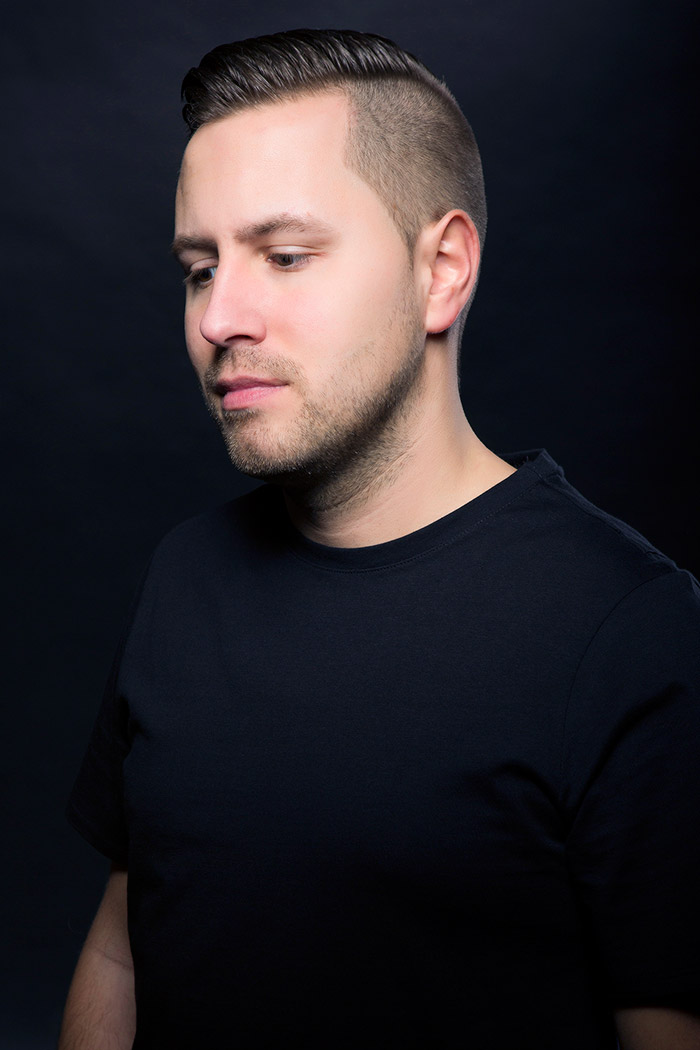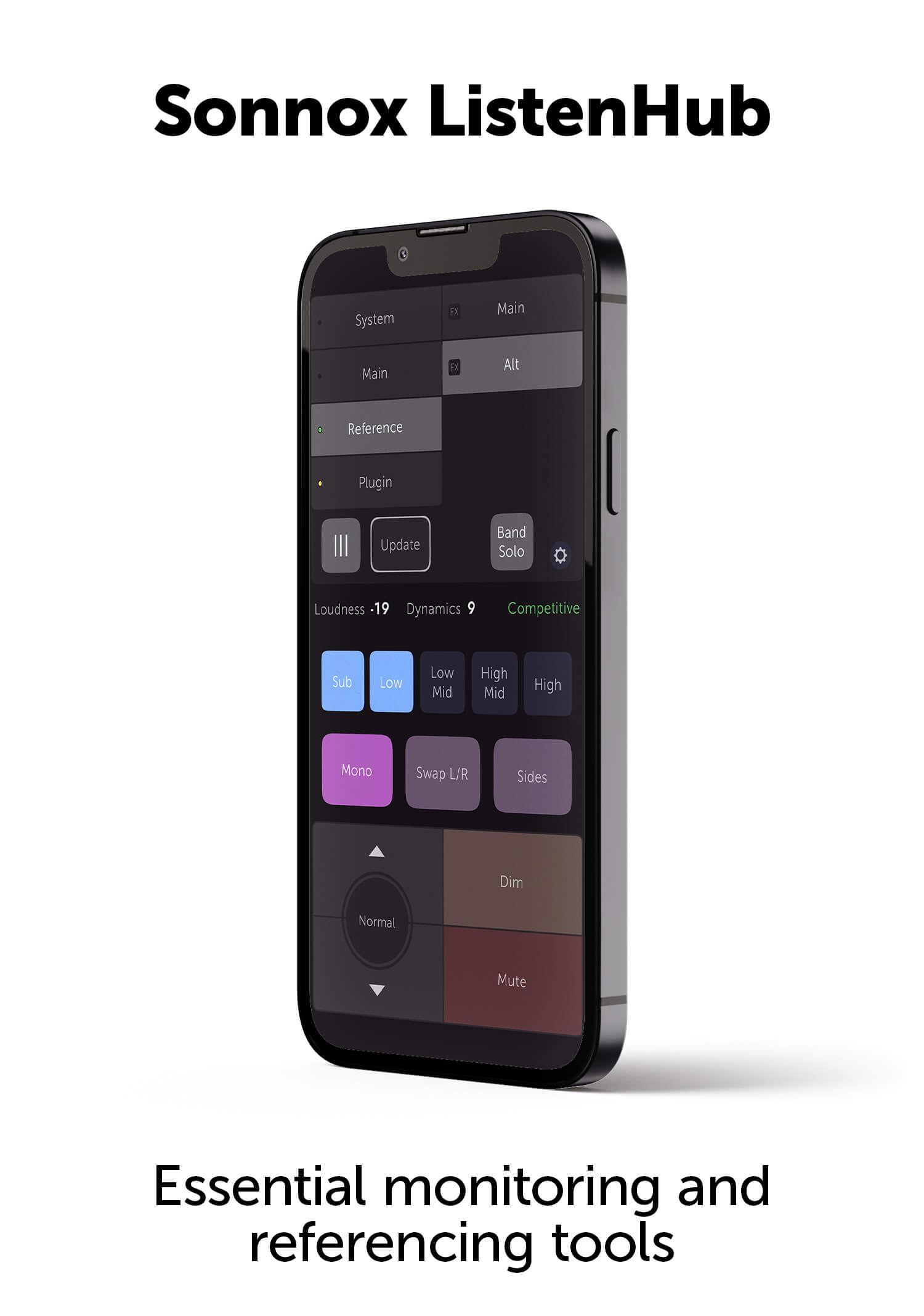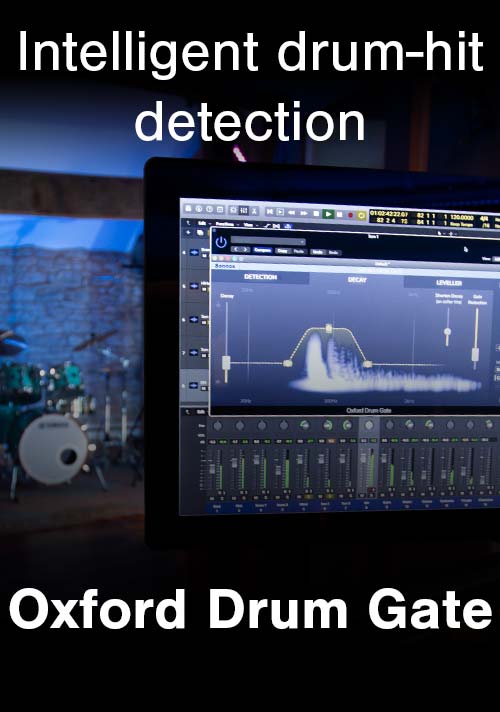Bryan Dalton
Dutch DJ Bryan Dalton Talks Gear

Rotterdam, The Netherlands, where many of the world’s most influential Electronic Dance Music artists and DJs developed their sound. Producer/DJ Bryan Dalton is no exception, first sharpening his DJ chops aged twelve at his father's discotheque. Bryan later brought that same curiosity and love of house music into the studio, and is known for his original tracks, remixes and mashups - his Latin House Remix of Omni's Summer Anthem Cheerleader has 7.2 Million plays (and counting) on Soundcloud. Just ahead of this year’s Annual Dance Event (ADE) in Amsterdam, we managed to have a chat with Bryan in his studio about music, gear and plug-ins.
You started DJing at a young age - tell us about your start in dance music.
I started about 18 years ago as a very young but curious kid, totally addicted to dance music. At first it was just DJ'ing which taught me what kind of tracks worked in the clubs and which don't.
After a couple of years I started making music and developed the skills to find my way around the studio. Nowadays I am fortunate enough to make a full-time living with my music productions and travel internationally DJ'ing.
How has growing up and working in Holland influenced your sound?
I think I am really fortunate to have grown up in Holland as we have been leading the dance music scene for some time now. As far as sound, I think we have a really straightforward sound, with great melodies, great sounding beats and arrangements and that is exactly the type of sound you hear back in my productions.
Walk us through your studio set up.
My setup is pretty humble as usually I need to work as fast as possible, but it does what it needs to do very well. I am totally in love with my Dynaudio BM15A's for there pristine sound and power when needed - they're really clear and have a great frequency response. Next to the Dynaudios, I have my Yamaha NS10's which I use for checking the overall balance and vocals etc.
The studio runs two Mac Pro's with Logic Pro X, Studio One and Ableton, with an Apogee Duet 2 interface, which sounds amazing. Next to that, I have a UAD-2 Satellite which I also really like for all Universal Audio's great plug-in versions of legendary hardware.
For recording percussion I use a Shure SM57, and for vocals which are recorded here in the studio I use a Rode NT1A.
Your Latin House sound includes lots of instruments like saxophones and congas. Are these samples or recorded at your studio?
It really depends. I am a big fan of live percussion to give that extra dimension to the track. I really think that the track comes alive by doing this. I have lots of things recorded already so usually I pick things out of my own library, for saxophones and guitars. These are recorded on the fly as I produce the track or sometimes afterwards by some very nice artists I have worked with over the past years.
How do you use Sonnox plug-ins specifically to achieve your desired sound?
I really love the Sonnox plug-ins! The Oxford EQ for instance is a life saver and really does the job well. When EQ-ing I tend to use it in a subtractive way by removing opposite frequencies to the ones I want to have more present in the mix. Removing frequencies can be done very surgically without altering the sound too much. A great feature of the Oxford EQ is the ability to A/B and check your alterations and maybe an even better one is that you can change the EQ type which gives the EQ the character of a SSL or Neve console.
The Sonnox Dynamics is a real powerhouse and gives you the best dynamics tools in one place. The compressor is just amazing and really transparent, even when working with higher ratios on vocals or even drums for example. The warmth option is also very nice to spice up vocals or other elements by adding harmonics in a very subtle way. The gate is also very easy to setup and very handy to get some of the bleeding out of your recording when using multiple microphones.
I try to mix everything as perfect as possible so all the elements get along in the mix. For basses I usually work a lot with simple sine waves to get that low-end going.
Here's a quick tip on giving your kicks a low boost using the gate in the Oxford Dynamics.
It's very effective but do keep an eye on the lows in your track after doing this - be careful with your speakers!
1. Add a second track next to your kick track, with a tone-generator on it, set to around 50Hz or whatever you feel works best.
2. Add the Oxford Dynamics plug-in after the tone-generator. Enable the gate and set the threshold to around -10db or just enough to gate out the tone.
3. Set the side-chain input on the Dynamics plug-in to be triggered by the original kick, and turn on the 'Key Input' in the gate section.
4. You can adjust the release to get it to play along nicely with your original kick, and bring the level down to taste. Don't over do it because it will add a LOT of low frequencies to the mix :-)
What's your overall feeling about Sonnox Plugins?
As we all know, the Sonnox plug-ins were modelled after the original Sony OXF-R3 console and they did an amazing job! The plug-ins are really easy to use and don't get in the way of your creativity. The sound is just amazing, really clean! Sonnox has a big variety of plug-ins that I recommend you check out. I am a big fan of the clean sound even when you are really working with extreme settings, the plug-ins do their magic. They don't get in the way and are extremely stable.
Will you be DJing at ADE 2015?
I have a lot in store for my fans in the near future, lots of new music and some great things are happening as we speak so I am really excited!
ADE 2015 will be amazing! I'm going back and forth to play at some very nice venues this year, and during the day having a lot of meetings and interviews.
I can't wait to share all the new developments! Make sure to follow me on facebook.com/bryandaltonmusic and soundcloud.com/bryandalton for the updates. Hope to see you there or at one of the shows!
Interview and editorial provided by Jacqueline Smiley




